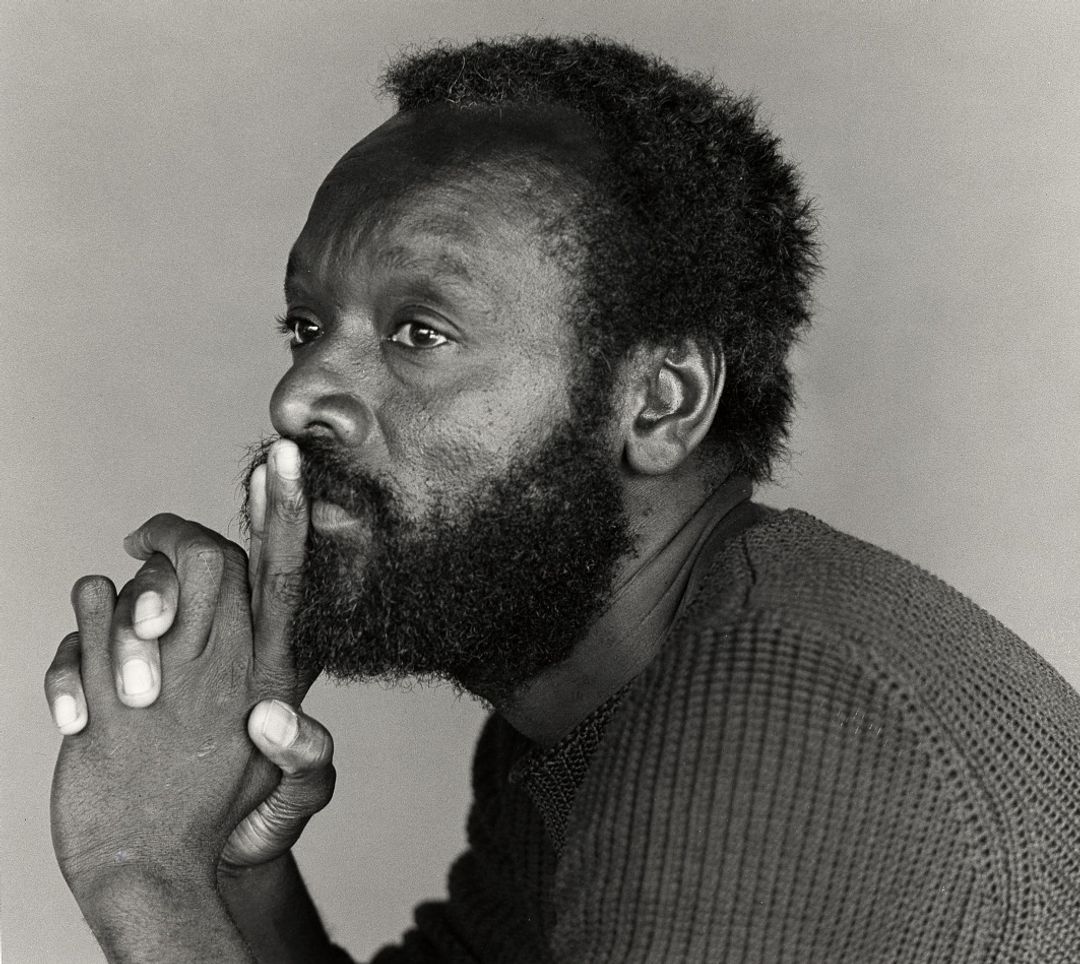Artist Raymond Saunders dies at 90

Born in Pittsburgh in 1934, Saunders first studied in the city’s public school art programs under Joseph C. Fitzpatrick. The artist spent most of his career in Oakland, where he taught for many years at the California College of the Arts; he remained professor emeritus until his death.
Expressionistic swaths of paint, minimalist motifs, line drawings, and passages of vibrant color tangle with found objects, signs, and doors collected from his urban environment, creating unexpected visual rhymes and resonances that reward careful, sustained looking and allow for a multiplicity of meanings.
Saunders achieved wide recognition in 1967 when he published Black is a Color as a rebuttal to an article by the writer Ishmael Reed about the Black Arts Movement. In this text, Saunders argues powerfully that Reed fails to capture the vastness of Black expression and in doing so siloes Black artists and their work as delimited by the category of race alone.
"When I first encountered Raymond Saunders’s oeuvre, which spans more than seventy years, I was struck by its depth, complexity, and innovation, and by his intellectual contributions to critical discourse through his essay ‘Black Is a Color,'" said David Zwirner. "We have been honored to present his work in New York and Paris, and to collaborate on his first—and long overdue—U.S. museum retrospective at the Carnegie Museum of Art in his hometown of Pittsburgh, which closed just a couple of weeks ago. Raymond will be dearly missed by his family, friends, and the Bay Area community, where he had lived since the early 1960s. His work, however, will continue to be seen and discovered by new audiences for many decades to come as he takes his rightful place in art history."
In reviewing Raymond Saunders: Flowers from a Black Garden, the artist’s recent survey and most comprehensive consideration of his practice to date, critic Will Heinrich wrote in The New York Times: “Mere expanses of black paint, in [Saunders’s] treatment, become both imaginative universes and art-historical chalkboards, capable of summoning up and subsuming just about anything he can think of.”
